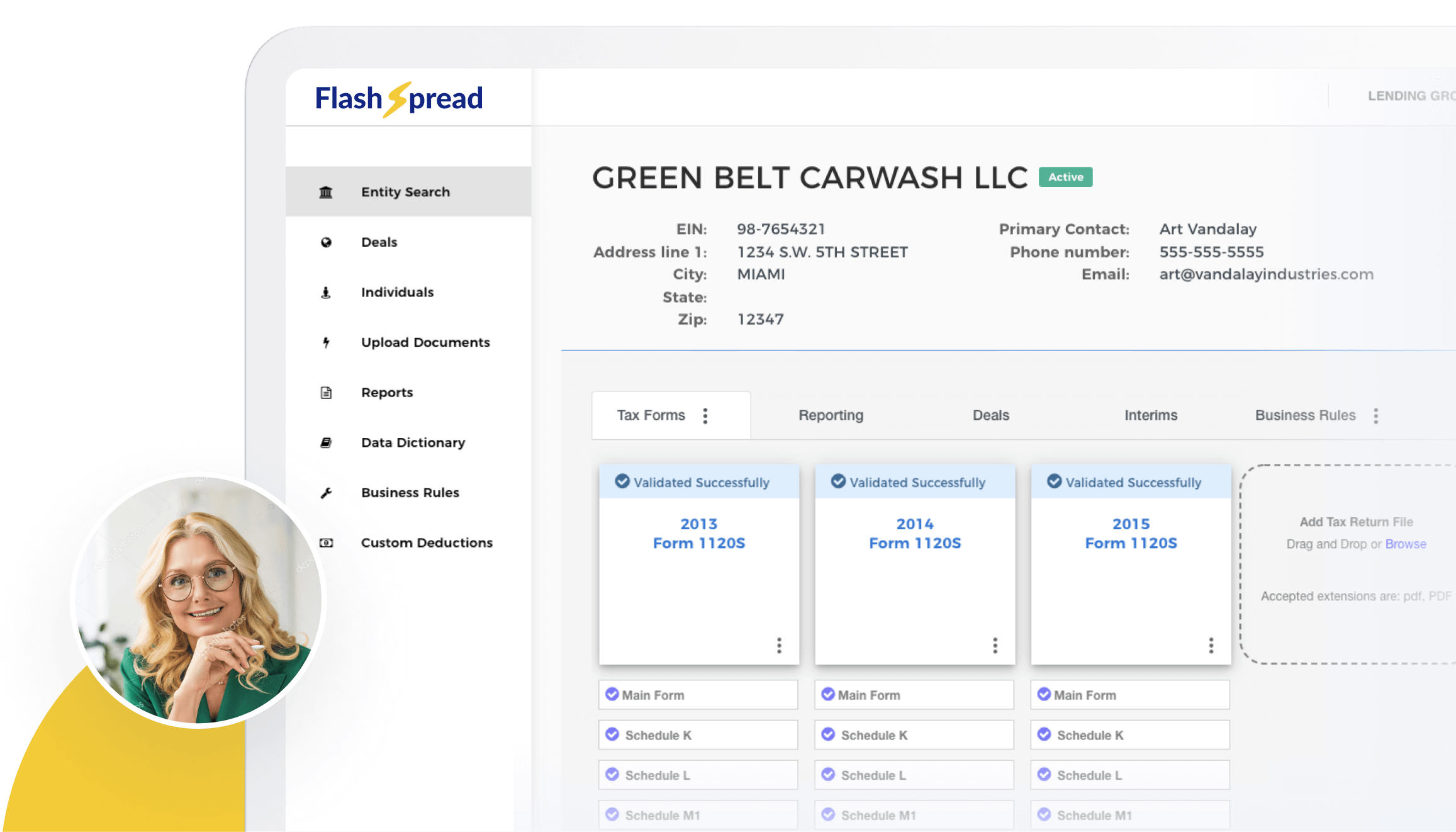As most of us know, providers of commercial loans typically require that applicants undergo a very thorough underwriting process before getting approved for a loan. This process can be detailed and lengthy, with lenders using it not only to assess a business in terms of its revenue but also to gain insights into its current and future profitability. Is this business that is viable today still viable tomorrow?
The standards and requirements whereby lenders do this vary from one commercial lender to the next. Generally speaking, commercial lenders will want to see bank statements and credit reports. In terms of internal financial documents, lenders may want balance sheets and cash flow statements, but they will likely always ask for one document, in particular — the income statement.
Table of Contents
Income Statements
Also referred to as Profit & Loss statements, an income statement helps an underwriter get a clearer picture of a business’ revenue. P&L statements typically take into account all invoices from goods or services sold, then balances these out against the expenses involved in running the business. These expenses can include utilities, wages, insurance and more.
Much as a bank statement might, an income statement shows the lender how much profit a business is pulling in and how much cash it has on hand to spend. Ideally, a business will show a profit each and every month and also have enough of a buffer that loan payments will be met with ease even if business slows.
An income statement also gives a lender insights into the fixed and variable costs related to a business’ operations. This essential document can even help a lender determine just how viable various revenue streams within a business are, or identify spend categories that may pose a risk to a business’ bottom line.
Income statements, too, can get very granular, delivering a detailed breakdown of many sets and subsets related to income and expenses across a certain period, including:
- Revenue, or money in
- Expenses, or money out
- Costs of goods sold (COGS, the cost of the parts or components needed to make or generate what the business is selling
- Gross profit, or revenue minus COGS
- Operating income, or gross profit minus any operating expenses
- Income before taxes
- Net income
- Depreciation, or the extent to which assets have lost value over a defined period of time
- EBITDA: Earnings before interest, depreciation, taxes and amortization
That’s a lot of data, and it can provide just the ingredients underwriters need to get a very clear picture of a business.
Financial Spreading – The Data Behind Predictions
“Spreading” is a term that confuses many. In short, financial spreading is the process whereby a lender converts the data from submitted paperwork into a framework in which the lender can then analyze that data.
Subscribe to BeSmartee 's Digital Mortgage Blog to receive:
- Mortgage Industry Insights
- Security & Compliance Updates
- Q&A's Featuring Mortgage & Technology Experts
The rub is this — every business has a different way of doing things. An income statement at one company might be very granular, while another business’ may be high-level. They can also vary in terms of layout and formatting, or leverage percentages as well as numbers. The point of financial spreading is to create a unified format whereby diverse data can be analyzed, yes, but its secondary goal is to make predictions on future performance.
An income statement in any form provides the data a lender needs to run future scenarios. Making the best predictions requires data, which is why many commercial lenders ask for at least two years of income statements from a business. You can see, then, just how complex and data-intensive the process can become.
The Importance of Digital Solutions in Financial Spreading
Fortunately, companies such as FlashSpread have begun developing some pretty innovative ways to digitize the financial spreading process. FlashSpread users can upload, or drag and drop, one or more scanned documents submitted by a business borrower into the application. The FlashSpread engine then processes the files and extracts all relevant data automatically, no matter how that data is formatted.
In addition to pulling the information required for financial analysis, FlashSpread uses the fluidity of the tax return and proprietary algorithms to catch any errors or omissions due to poor image quality, watermarks or incorrectly prepared forms.
The income statement will remain a key tool in underwriting well into the future. With the digital software available today; however, underwriters can glean even more valuable data from this business statement to make more effective and smart underwriting decisions.
To learn more about how FlashSpread can help your commercial lending business, contact us to set up a demo.




